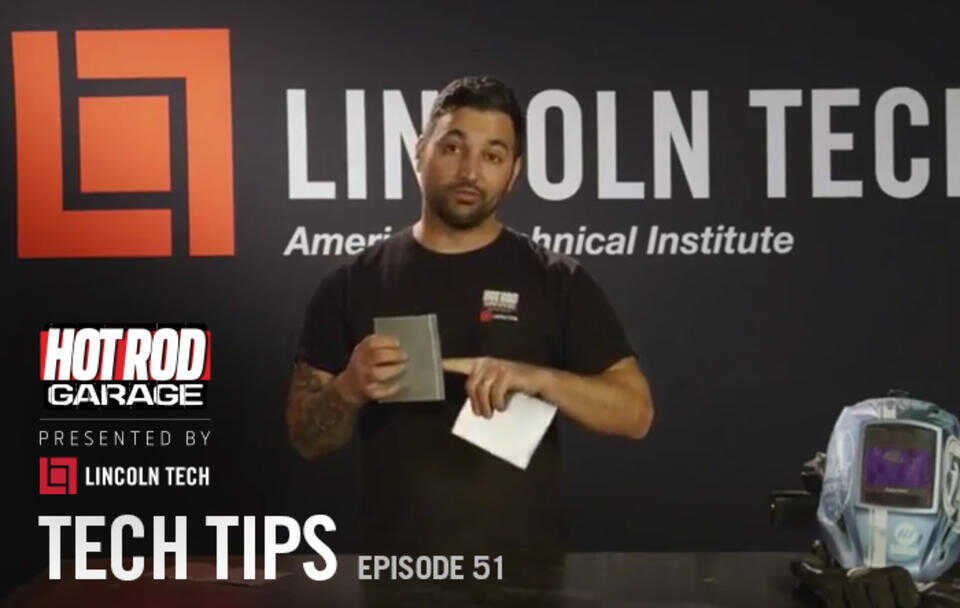Choose the Right Weld When Replacing Quarter Panels


Whether you’re looking to make a career out of working on cars, or taking care of the project car in your garage, Ďă¸ŰÁůşĎ˛Ę×ĘÁĎ´óČ« Tech’s “Tech Tips” – part of Motor Trend’s “Hot Rod Garage” web series – are here to help! Wondering how to choose the right welding method when replacing quarter panels? Tony walks you through it in Episode 51 – check it out below!
Hey guys, welcome back to another Ďă¸ŰÁůşĎ˛Ę×ĘÁĎ´óČ« Tech Tip. Today we're replacing the rusty quarter panels on our '65 LeMans with some fresh sheet metal. There are mainly two ways to do this, either butt welding or lap welding. There are pros and cons to each method, and it's up to you to decide which one is best for you. That will depend on your access to tools, your skill level and your welding prowess.
Butt weld or lap weld? How to choose the right welding method.
Let's first talk about butt welding. A butt weld is when two panels are cut to butt up against each other for welding. A professional is almost always going to use this method: let me be clear about this. If done correctly, butt welding will yield a better result. A butt weld leaves no room for future rust and corrosion. It leaves a single ply panel that can be worked easily and should take less time to prepare it for paint. However, welding a butt weld is much harder and you have to make sure that the cut and fitment is exact and that there are not gaps between these panels.
Now on to lap welds. A lap weld is a flanged, dual layered joint where the two pieces of sheet metal overlap and they're usually seam welded and spot welded as well. This repair is easier to fit as the overlap gives you some room for error in the trimming and you can use a to hold it in place.
The lap joint is far easier to weld as there's a channel to weld in and there's two ply of metal to reduce burning through the panel. Sounds easy, right? Well, the drawbacks of a lap joint are that it leaves a channel here that can be susceptible to future rust and corrosion and be really hard to seal up. It also leaves a thick ridge of metal that's really hard to work and it will take more time to get this panel ready for paint.
Now that you've got the lowdown, grab a couple of scrap pieces of sheet metal and see what works best for you. Okay, back to the shop.
(Video transcription by )
